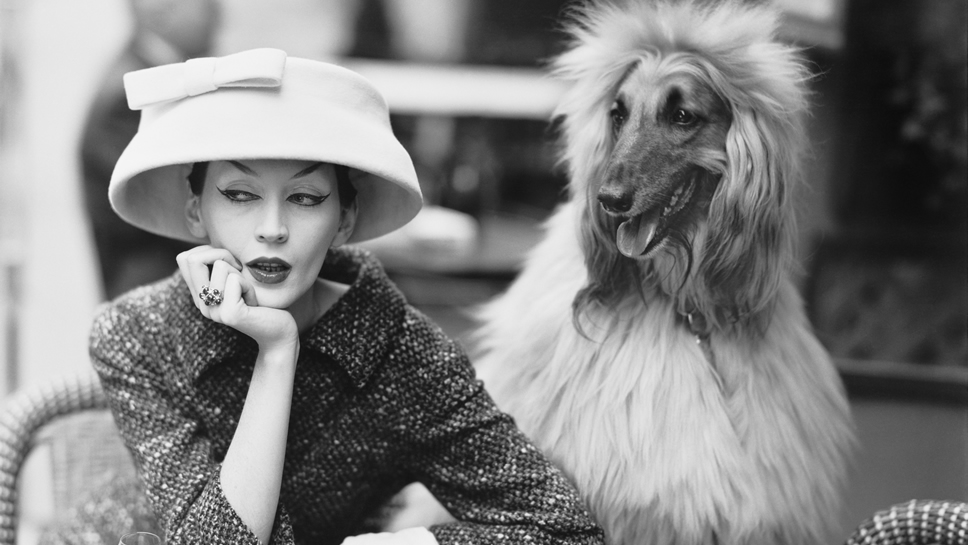Palazzo Strozzi Firenze
Aristóbal Balenciaga was one of the most influential fashion designers of the Twentieth century. He was famous for his pioneering use of fabrics and his innovative cuts that were the very objectification of modernity. Christian Dior claimed that “Haute Couture was like an orchestra whose conductor was Balenciaga. We other couturiers are mere musicians following the directions he gives”.
The exhibition, “Balenciaga: Shaping Fashion” curated by Cassie Davies-Strodder at London’s prestigious Victoria and Albert Museum is opening on May 27th 2017 and will – to the joy of many – stay open until February 18th 2018. With over one hundred dresses and twenty hats by Balenciaga himself, his protégés as well as other artists that were influenced by his unmistakable genius such as André Courrèges and Emanuel Ungaro, Hubert de Givenchy and Erdem, the exhibition intends to trace the last part of Balenciaga’s long career, during the whole of the 1950’s. This was perhaps one of his most creative periods since by then he had indeed become a maestro of haute couture. It was during these years that he not only dressed some of the most iconic women of the time but he was also able to introduce a whole host of revolutionary forms such as the tunic dress, the sack dress and the baby doll dress. These forms are still today part and parcel of the contemporary look. Among the masterpieces of haute couture in the exhibition there are dresses made for Ava Gardner and for Gloria Guinness, the queen of the social scene as well as dresses worn by one of the richest women in the world in those years, Mona von Bismarck. Mona von Bismarck commissioned her entire wardrobe from the Basque couturier, from her shirts to her gardening trousers.
In his hands, a woman’s figure became a piece of architecture made up of fabric and creativity that enveloped her body in an aura of beauty.

